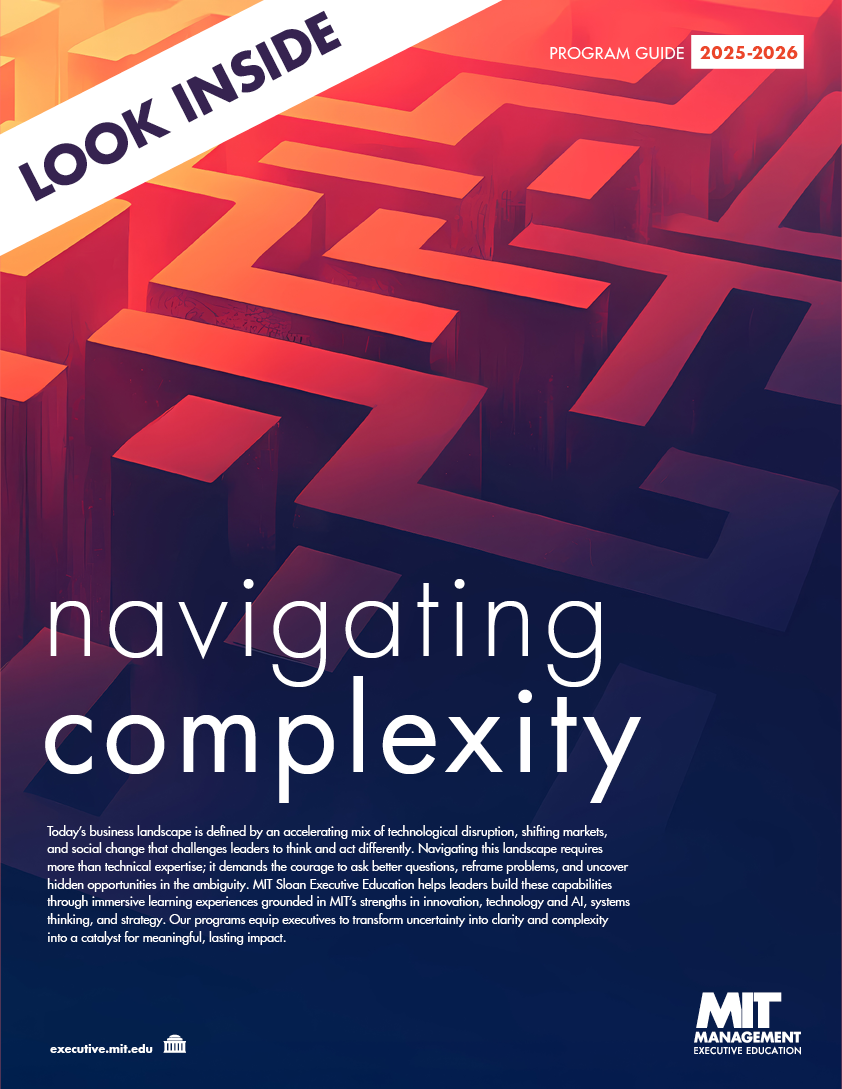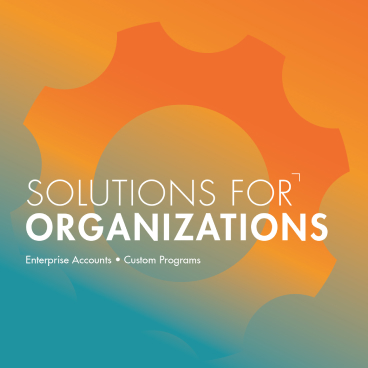Data is everywhere within modern businesses. In today's digital economy, information is the blood running through companies' veins. Putting this data to practical use, turning it from an object into a resource, is an important practice, and one that's far from automatic.
Leaders who want to make the most of data analysis in their work should study every step of the analytics process. This means learning how to choose which information to analyze and how to run it through the right algorithms, but there's also a potentially overlooked extra step after these: Persuasively explaining the results of the analysis.
Spreadsheets and dashboards are the first places where data scientists and executives turn for data insights, but when presenting findings to a wider audience, there's a need for more accessible visualizations like graphs and charts.
The skills around making data science comprehensible to non-technical audiences are collectively known as data storytelling. If you often find yourself acting as an intermediary between analytics results and general audiences, learning this discipline can have an enormous impact on your career.
What is data storytelling, and why does it matter?
Data storytelling is the art and science of presenting the results of highly technical processes in a non-technical way. The raw output of a data analytics algorithm may be hard to parse, but when you know how to tell a compelling story, the insight becomes clear and persuasive.
Data storytelling is a subset of business communications. It's related to other speaking and presentation skills that can help you lead a meeting effectively and convey advanced concepts to an audience with varied levels of experience and technical sophistication.
By applying verbal and visual storytelling techniques to the output from advanced data analytics algorithms, you're achieving the best of both worlds. This way, you have access to powerful numbers that lend force to your arguments, coupled with the rhetorical skill to make those numbers sink in.
Data storytelling skills can help you make your meetings impactful, preventing them from becoming formalities and helping you get the most out of each session with your team. Specific tactics for telling more compelling data stories include:
- Making your main point explicitly.
- Focusing on one core idea at a time.
- Clarifying and simplifying visual aids.
- Visualizing every comparison you make in your remarks.
Creating legible, simple, and convincing graphs and charts to accompany your presentations is a core part of data storytelling. Rather than overwhelming viewers with numbers and formatting elements, these should directly support the thesis you're there to explain.
Why data storytelling is important today
Learning to persuade your audience with data is a powerful capability to have as a leader. Unfiltered raw data in a spreadsheet or dashboard may end up as a hindrance rather than a help in your efforts to convince an audience. Crafting visualizations and speaking convincingly, on the other hand, turns that content into a strong advantage.
With companies investing heavily in data analytics programs, it's worth taking steps to ensure that the investment leads to real value. Without strong storytelling and persuasion skills, it's easy for information to end up trapped in silos, unable to have a real impact outside of technical teams.
Effective data storytelling can be especially important as the role of the manager shifts in modern company structures. Methods based on commanding employees are giving way to less hierarchical systems built on persuasion and motivation. Presenting a compelling case supported by data fits into this model of management.
With data storytelling skills, the numbers in your presentations can help employees understand why specific points are important to the company. Showing these ideas clearly through graphs and charts has a very different psychological impact than telling employees what to care about in a top-down way.
Read more: Try these four visual data storytelling tactics to convey actionable insights.
The practical impact of effective data storytelling
Data can fulfill a variety of roles for your organization, as long as you have the skills and knowledge to bring it out of its silos. The tools used to interpret data and produce data insights on a day-to-day basis, including customizable dashboards, are valuable in a limited context, but not well suited to general audience presentations.
Using data storytelling abilities to bridge this gap doesn't have to be complex or forbidding. In fact, the key medium for telling a compelling data story is very simple: a verbal presentation with a slide deck component. The speaker's skill, rather than any advanced technical tool, will determine the data's impact.
Slide-based presentations are an especially useful medium because they work for both in-person and remote audiences. In a business climate where hybrid teams are commonplace, it's valuable to know how to reach audiences that consist of some live viewers and others dialing in.
Becoming adept at creating data-informed slides can mean overcoming some common habits. For example, many leaders make their presentations too long, or they fail to put clear headlines on each of their slides. Using a straightforward and streamlined presentation style to convey key data can turn a simple slide deck into a powerful tool of persuasion.
When you produce this type of slide deck, you're not just giving yourself an easier way to present your information to your audience, you're also refining your own argument in real-time. Every time you reduce the number of slides or pick an impactful headline for a visualization, you're making choices about what matters in your presentation.
Read more: Learn why experts and data scientists can struggle to explain their perspectives.
Developing data storytelling skills through executive education
You don't have to work on your presentation ability in isolation; you can study in a formalized setting to build your know-how. Learning data storytelling is possible through courses like MIT Executive Education's Persuading with Data, led by Senior Lecturer Miro Kazakoff.
The course leads participants through examples and skill development sessions that help them express themselves through data. If you enroll in this course, you'll gain the opportunity to refine a real-world data-based presentation and try it out with a small group. Through detailed feedback from the instructor and your fellow participants, you'll hone your presentation skills.
The course's focus is squarely on abilities rather than data science technologies. It has three target outcomes. At the end, participants should be able to:
- Use visualizations to persuade their audiences.
- Organize evidence logically as part of their arguments.
- Make complex data understandable to general audiences through data storytelling.
These are widely applicable skills and represent the core of data storytelling.
Read more: Catch up on insightful posts by MIT Sloan Executive Education faculty.
Become a data storytelling expert
Learning data storytelling techniques is a helpful skill across companies of all kinds, due to the fact that every digital business is sitting on a goldmine of raw data. With the ability to build a compelling data story around the actionable insights encoded therein, you can bolster your own leadership performance.
Whether you're interested in moving up within your current organization or building a resume for a future executive role, executive education can add data storytelling to your list of abilities. The right instructors and learning environment make it easy to pick up the relevant experience.
Enroll in Persuading with Data and learn to make information speak for you.








